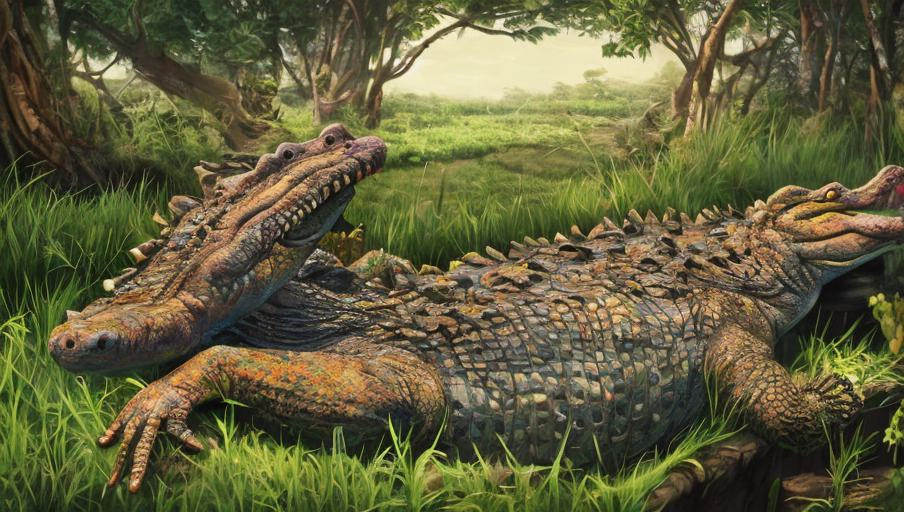Navigating the Diet of the Crocodile

Introduction to the Crocodile
The crocodile is a large reptile that is found in tropical and subtropical regions around the world. The most common species, the American alligator, is found in the southeastern United States and parts of Mexico. There are also numerous species of crocodiles and alligators found in Africa, Asia, and Australia.
The Diet of the Crocodile
Crocodiles are apex predators and have a varied diet. They primarily feed on fish, amphibians, reptiles, birds, and mammals, but they are also known to scavenge for carrion. Some species of crocodiles will even hunt larger mammals, such as antelopes or wild boar.
Hunting and Feeding Habits
Crocodiles hunt both day and night, depending on the species. They are excellent ambush predators, lying in wait for their prey to come close before striking. They have powerful jaws and sharp teeth which they use to grip and tear their prey. They swallow their food whole, and can eat large amounts at one time.
Adaptations for Eating
Crocodiles have several adaptations that allow them to better hunt and feed. They have keen eyesight and hearing, which allows them to detect prey at a distance. They also have a powerful sense of smell, which helps them locate food. They have powerful muscles and sharp claws which they use to grab and hold their prey. Additionally, they have thick, scaly skin that acts as armor, protecting them from being injured by their prey.
Digestive System of the Crocodile
Crocodiles have a very efficient digestive system that is well-adapted to their diet. They have a four-chambered stomach that allows them to digest large amounts of food quickly. The stomach also secretes digestive enzymes that break down proteins, fats, and carbohydrates. Additionally, crocodiles have a very long intestine which allows them to absorb more nutrients from their food.
Conclusion
The crocodile is a powerful predator with a varied diet. They have adapted over time to become efficient hunters and feeders. They have excellent eyesight, hearing, and sense of smell which they use to detect and capture their prey. Additionally, they have a large, four-chambered stomach and a long intestine which allow them to digest their food quickly and absorb more nutrients from it.





